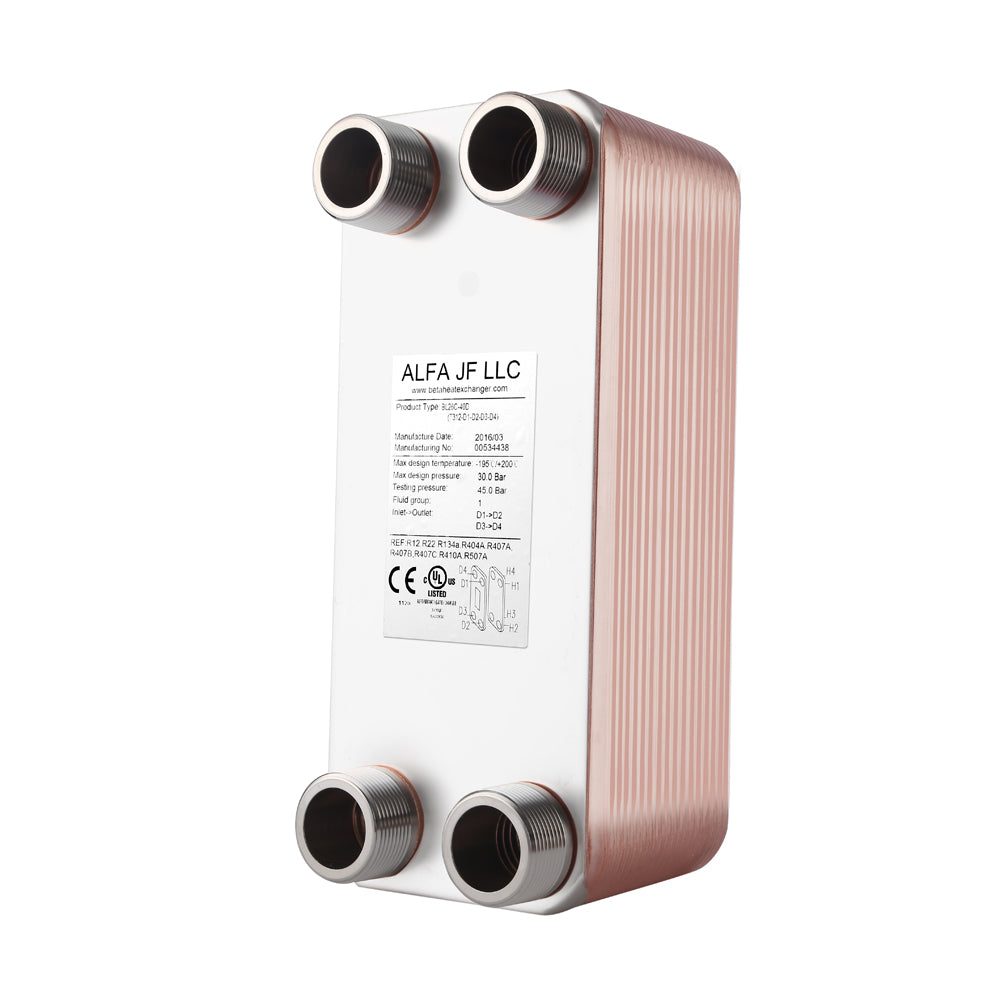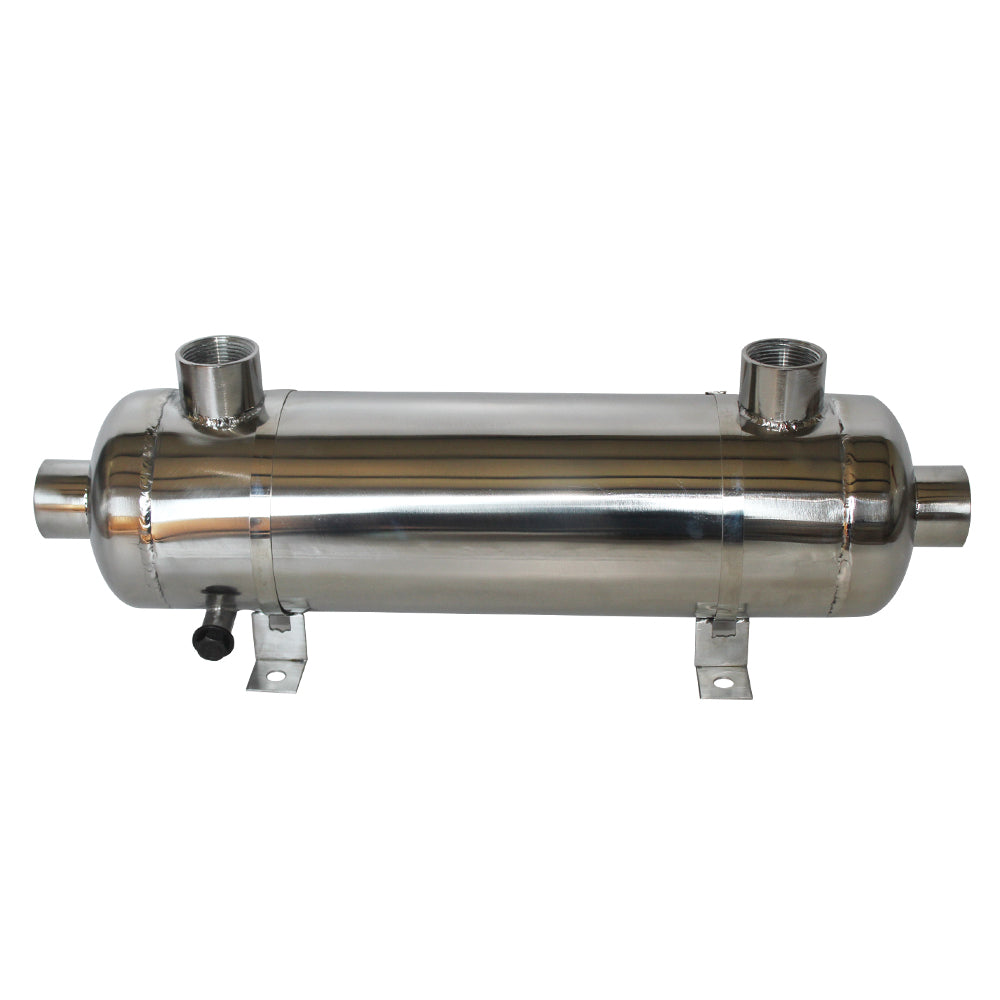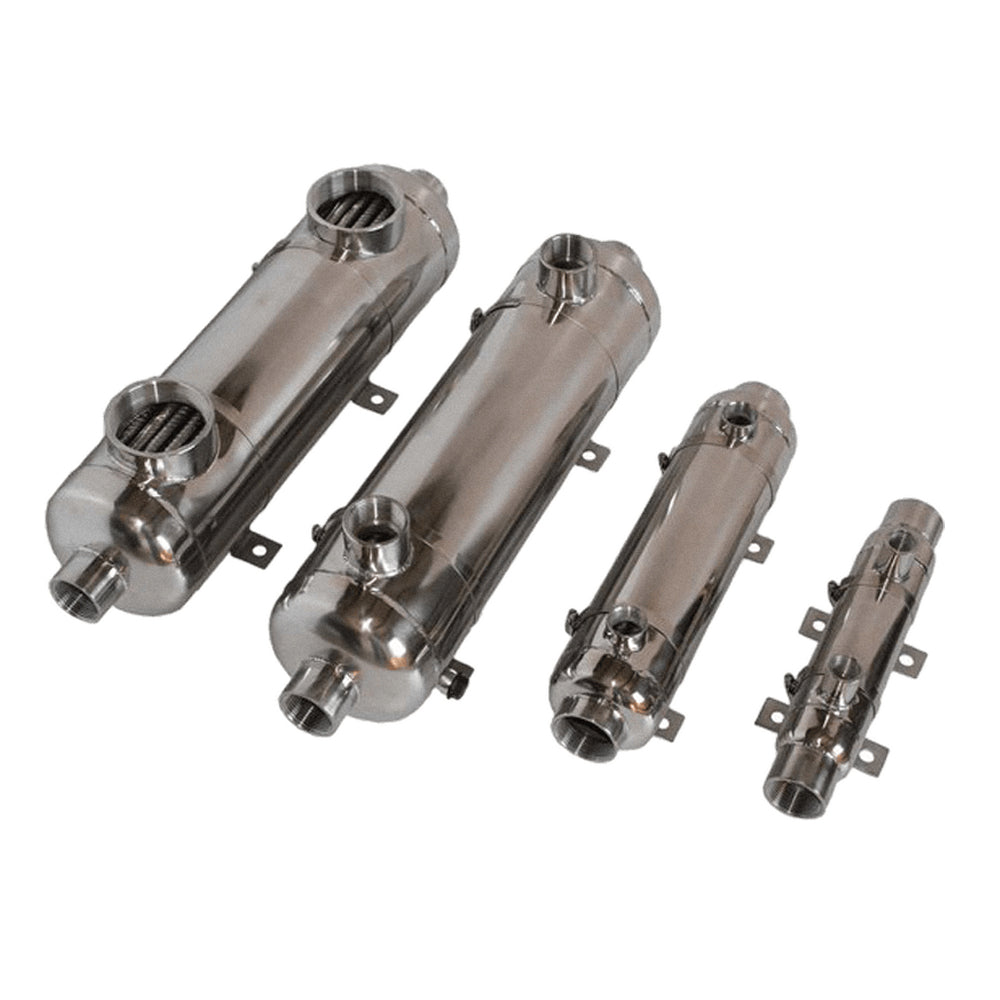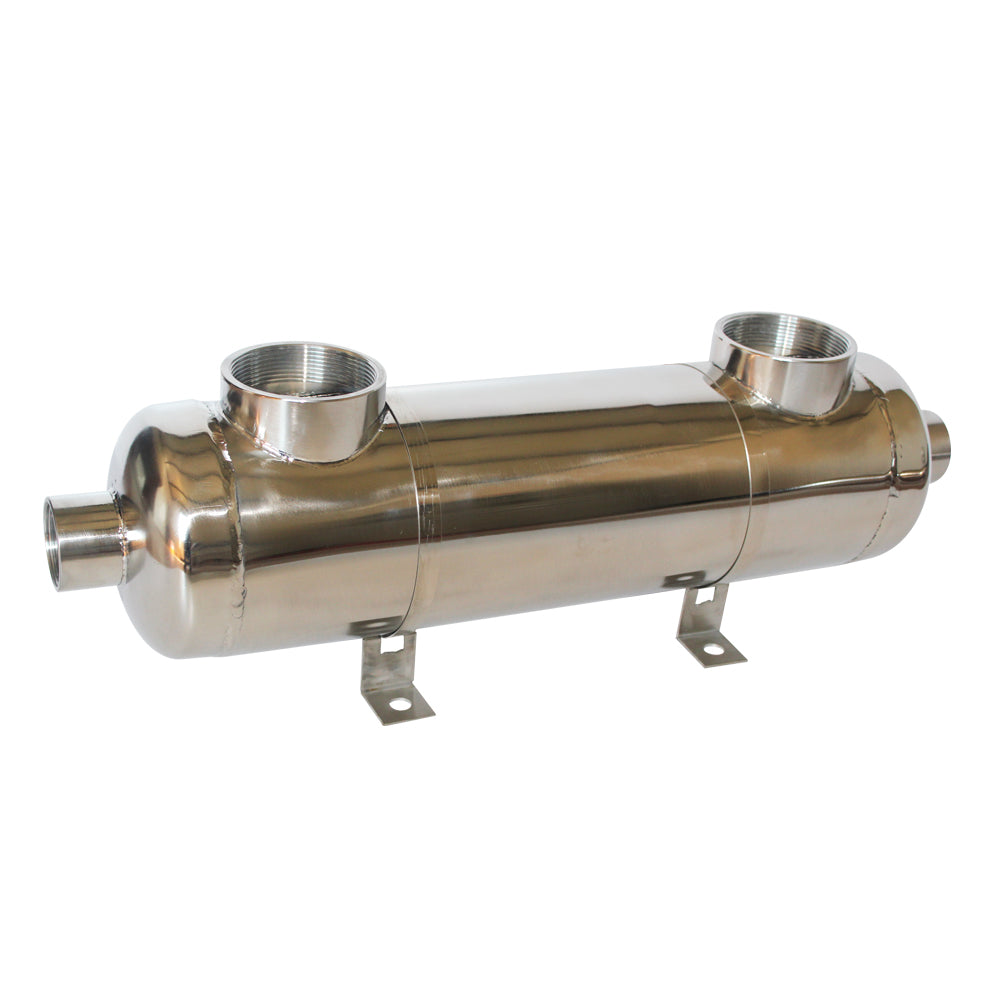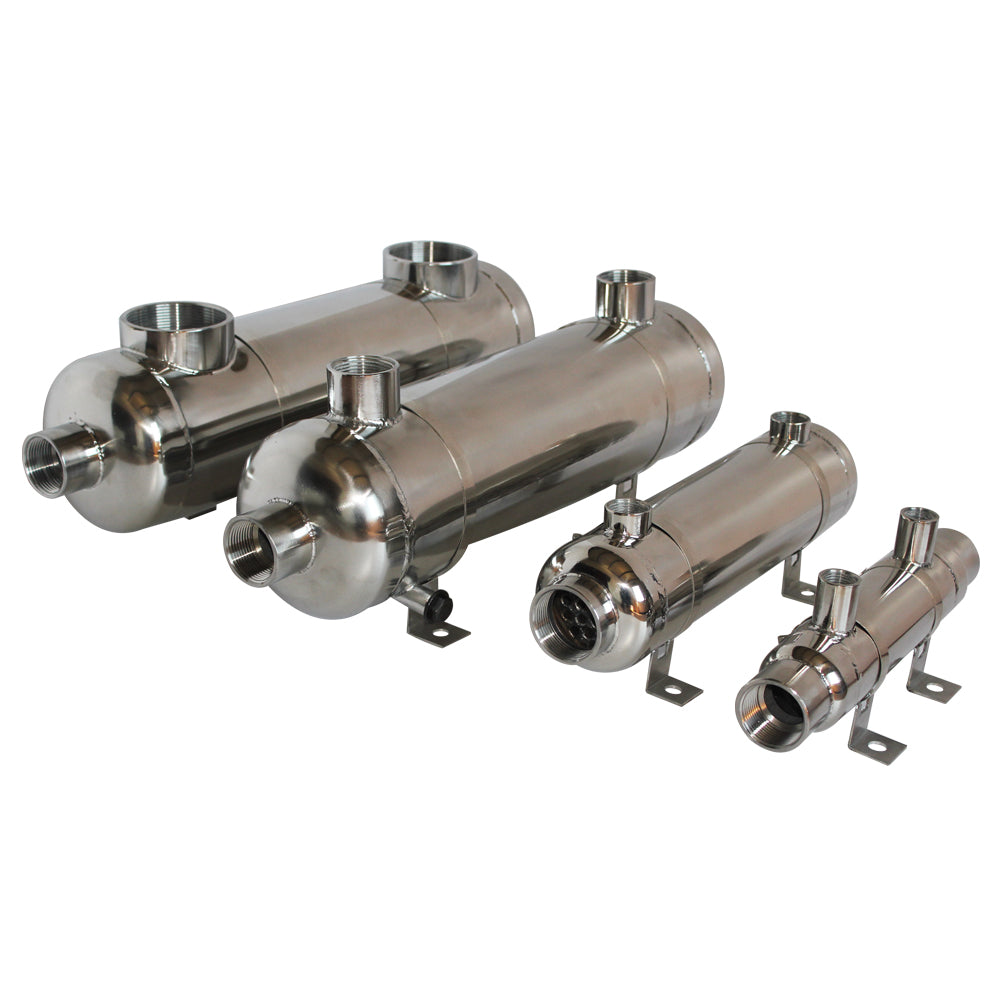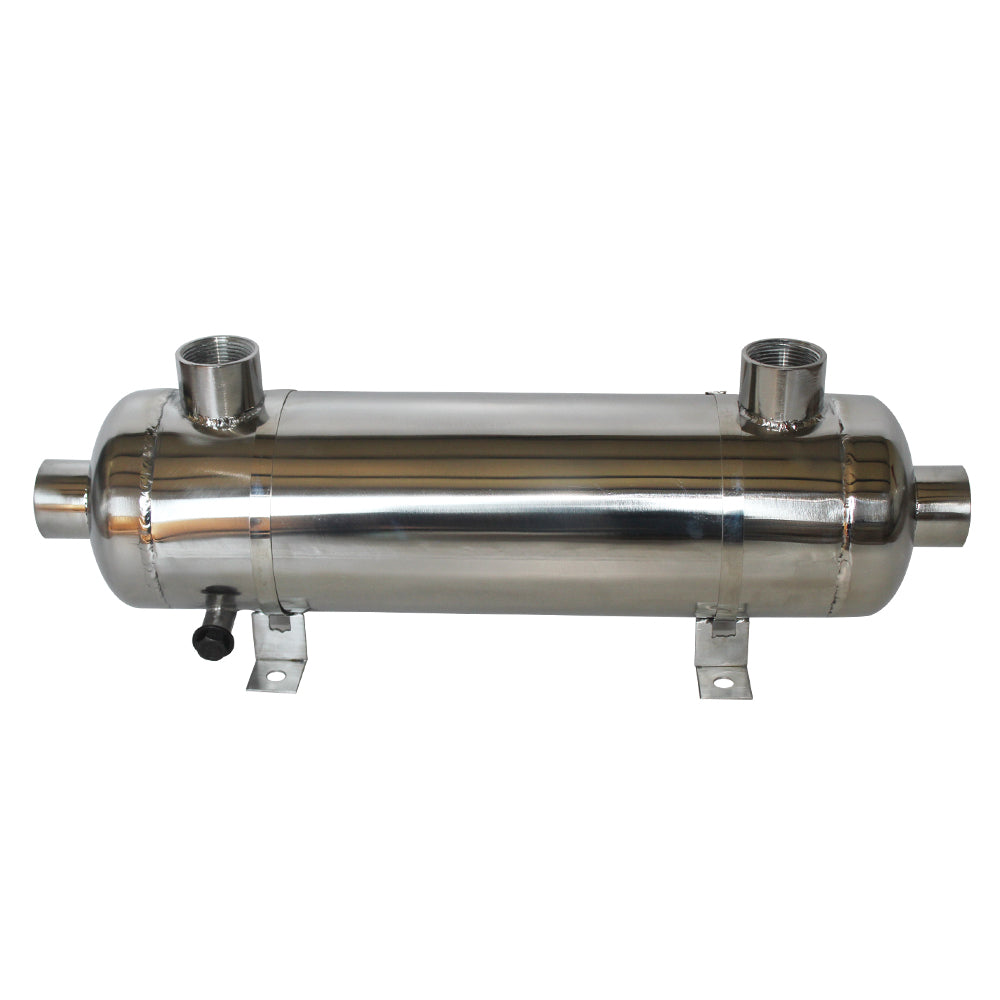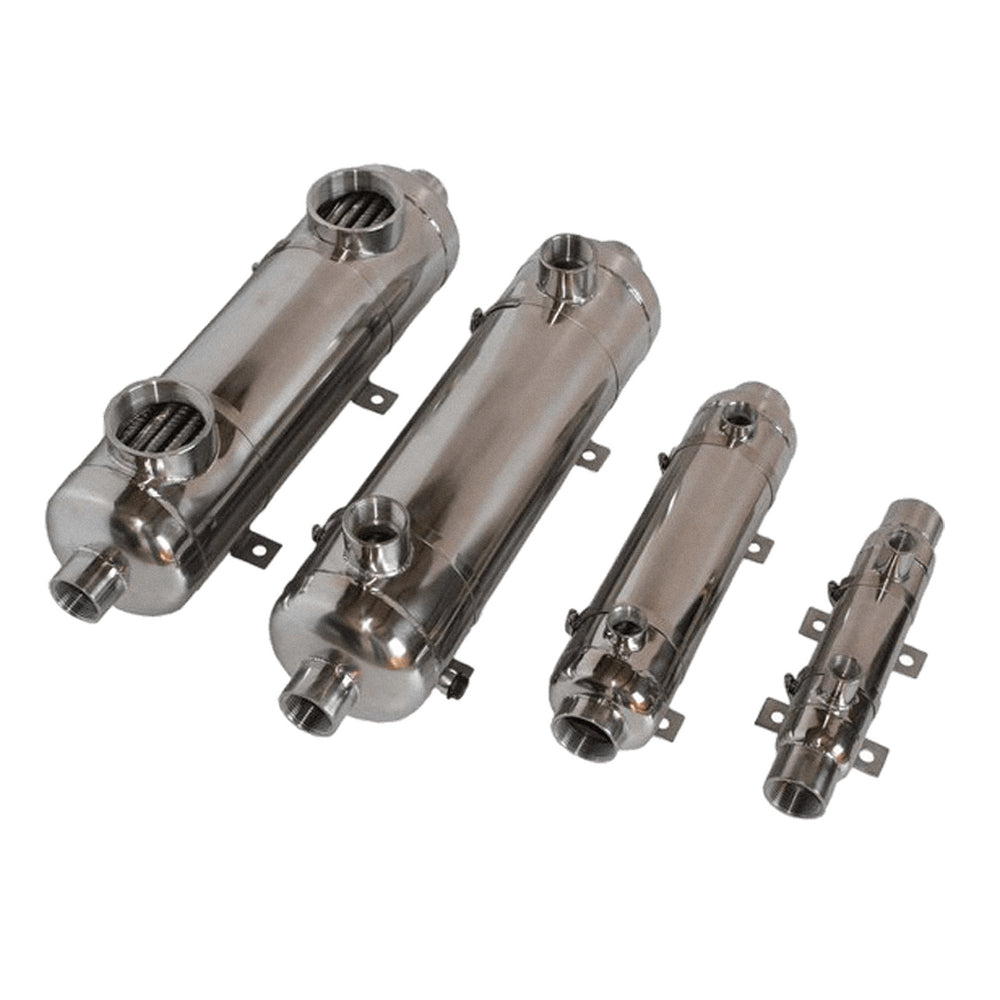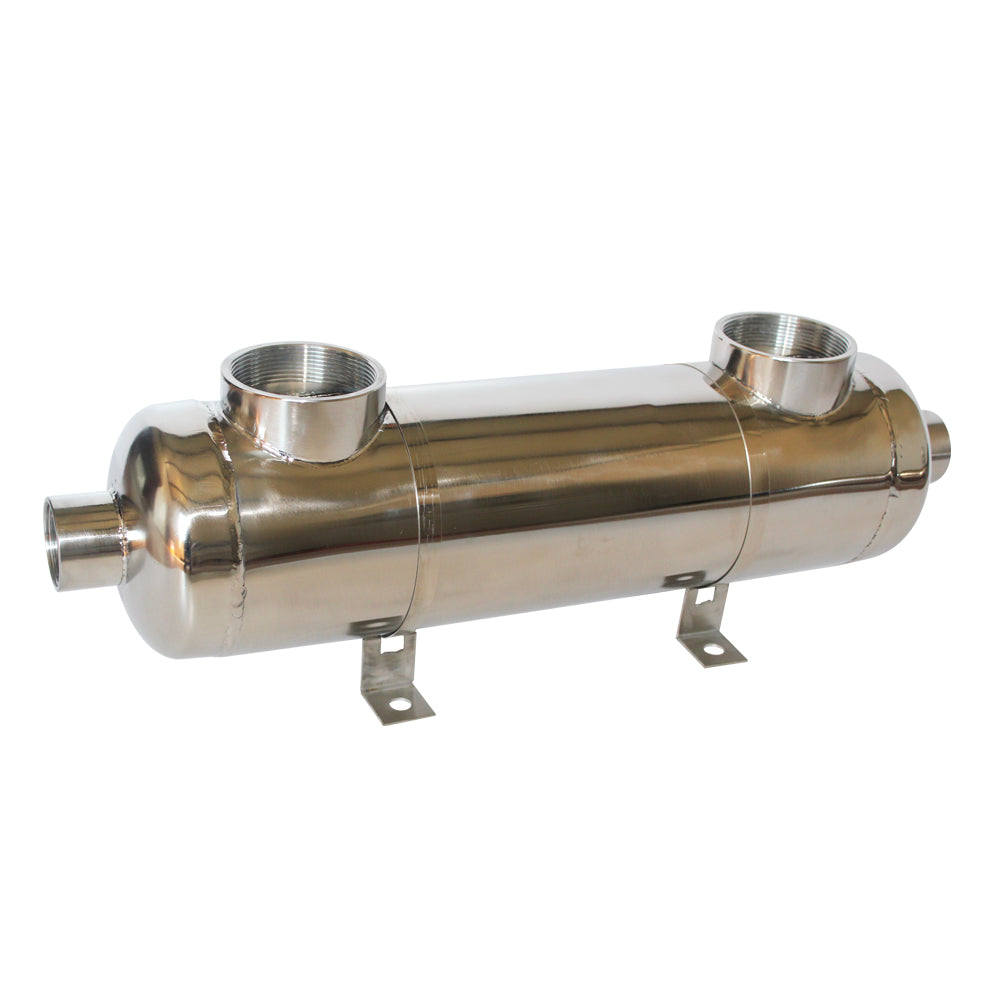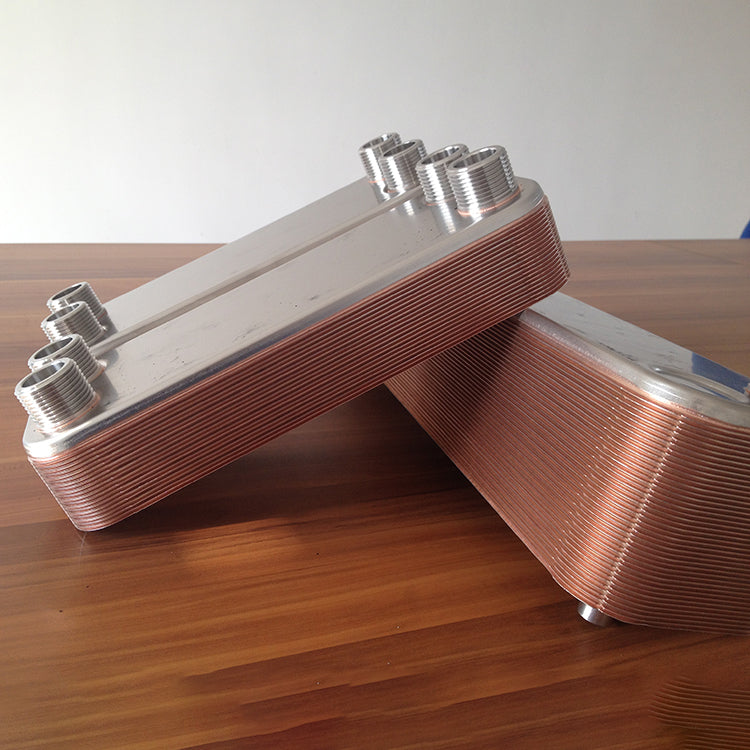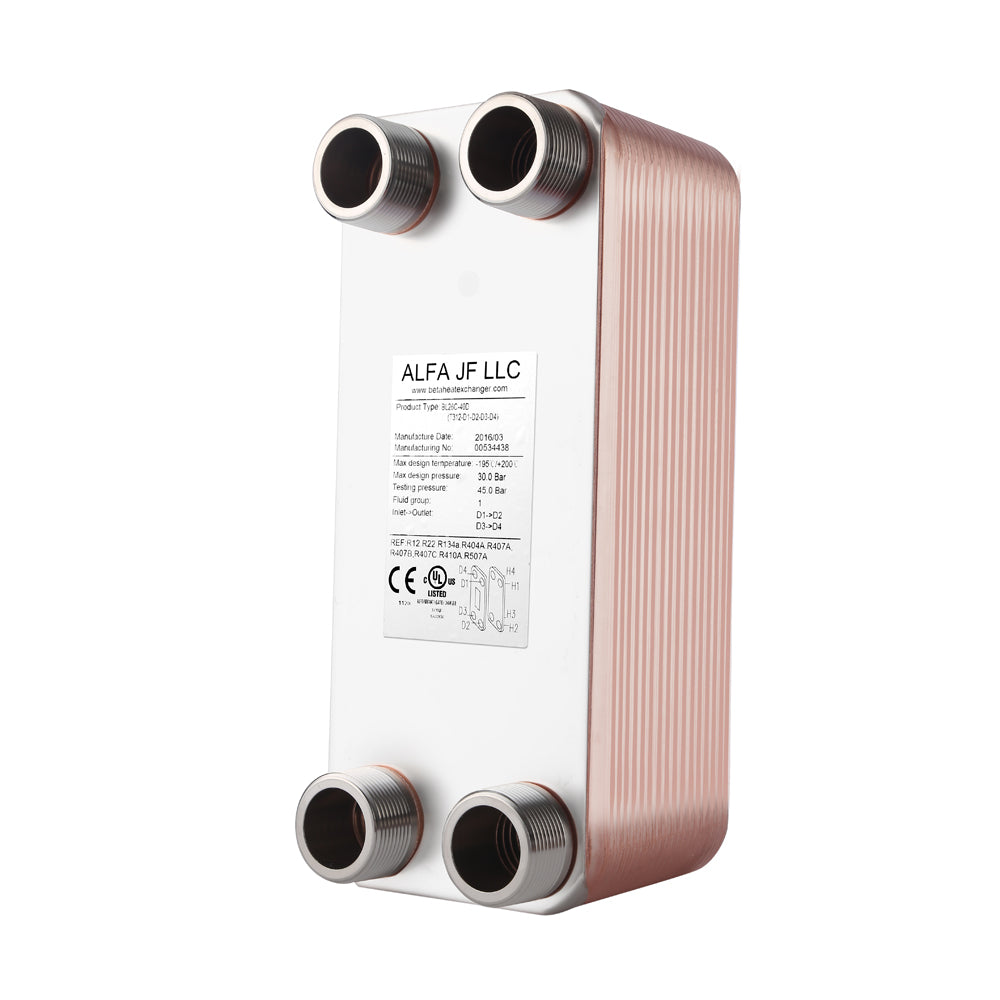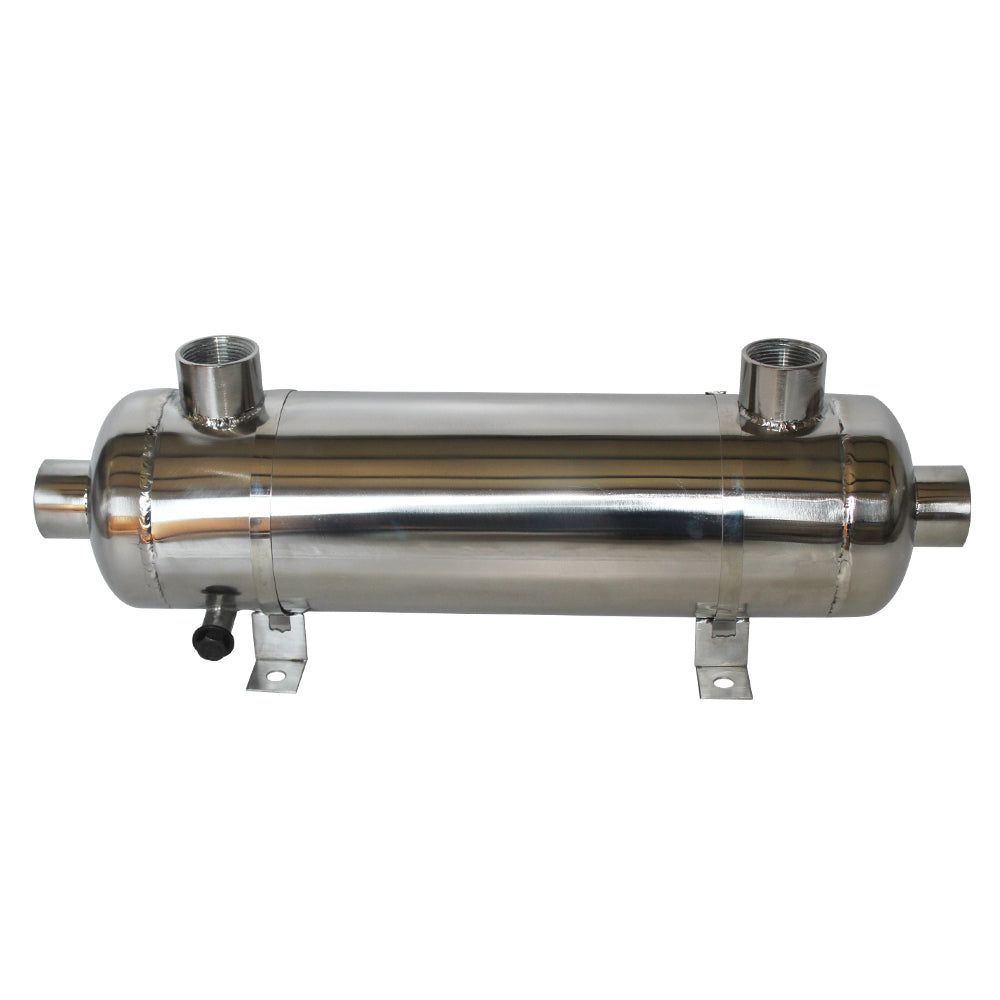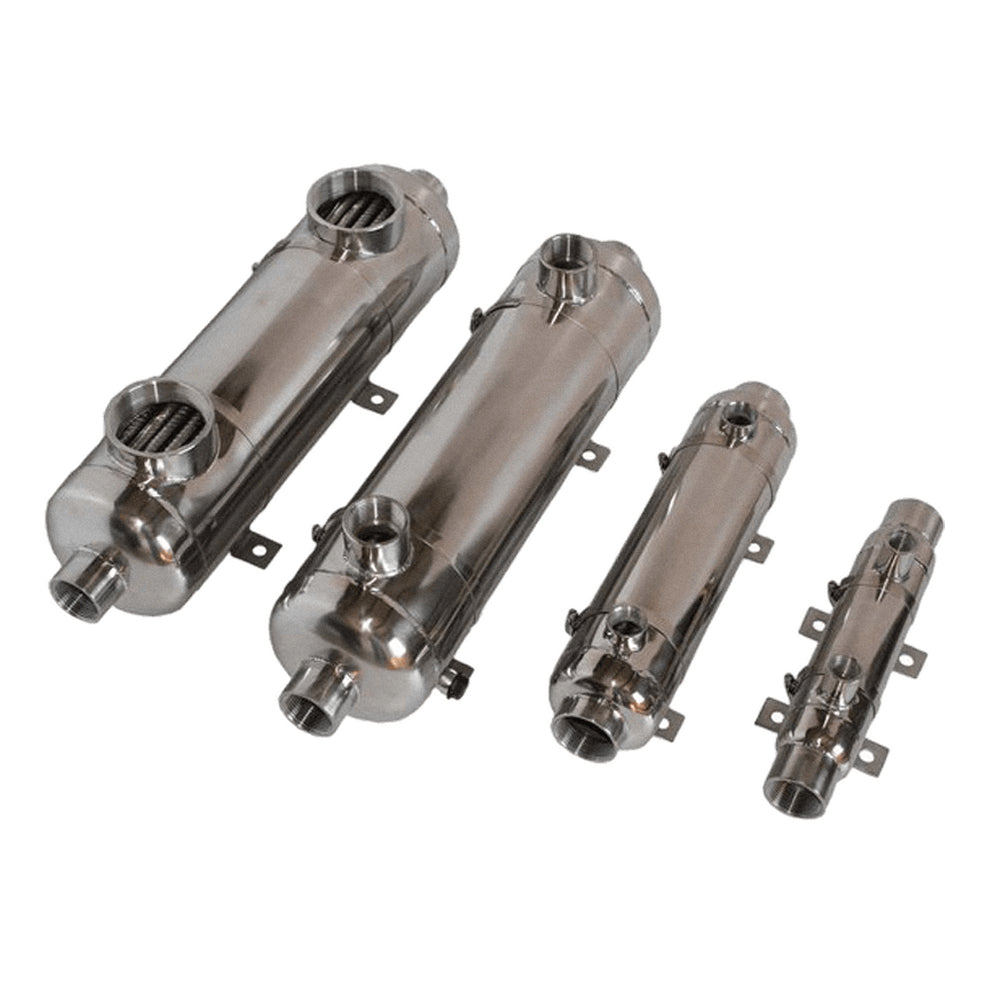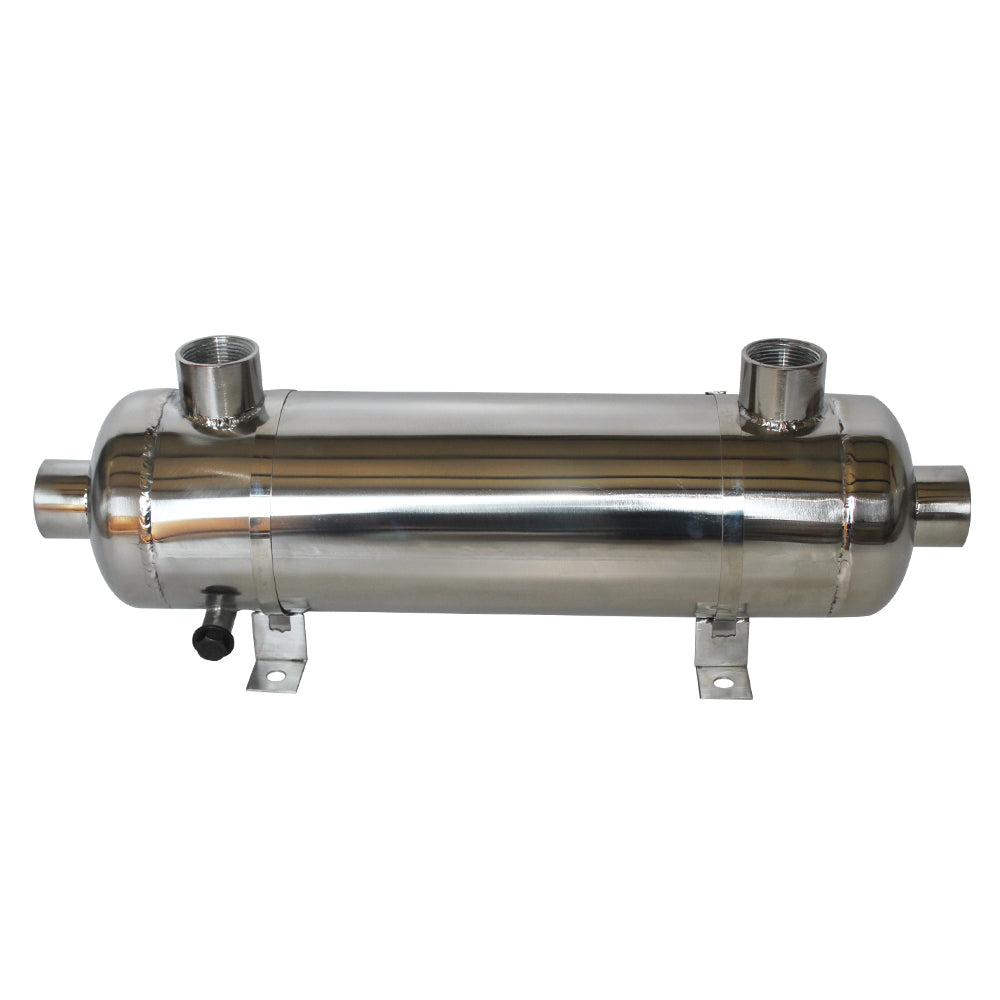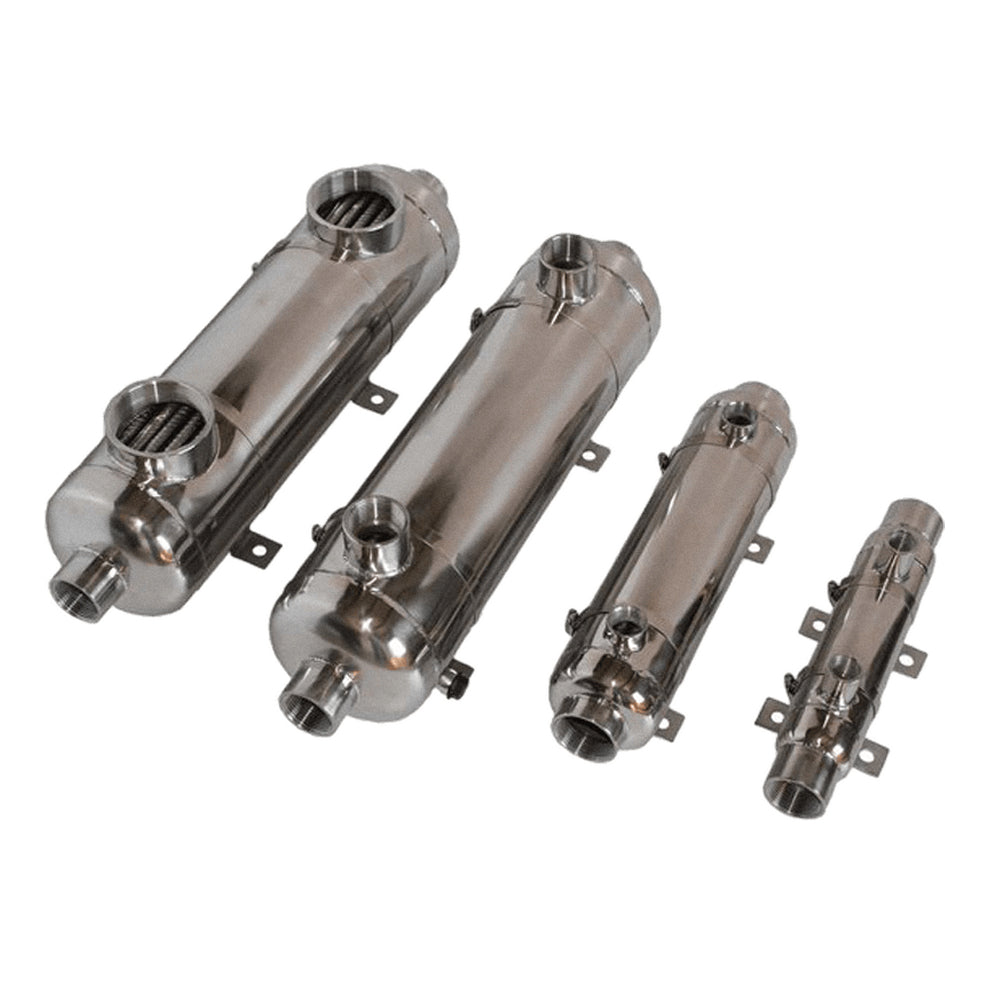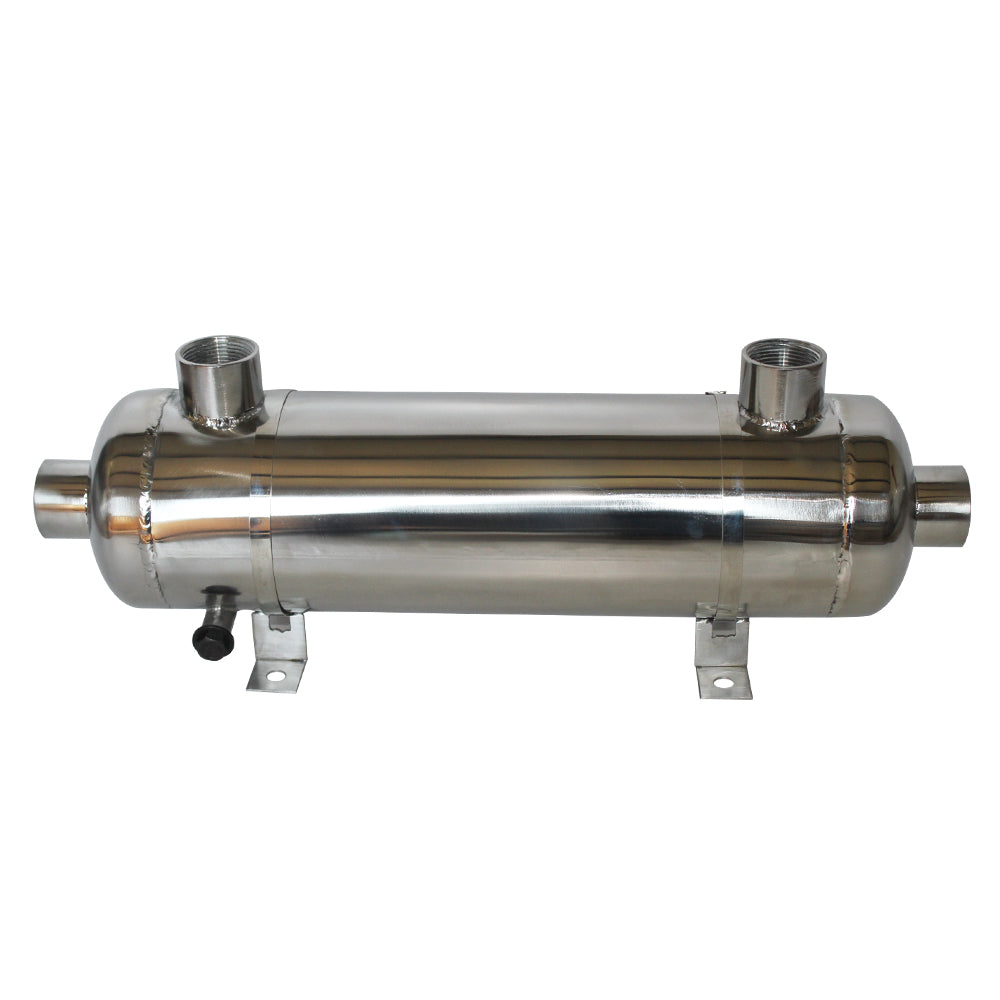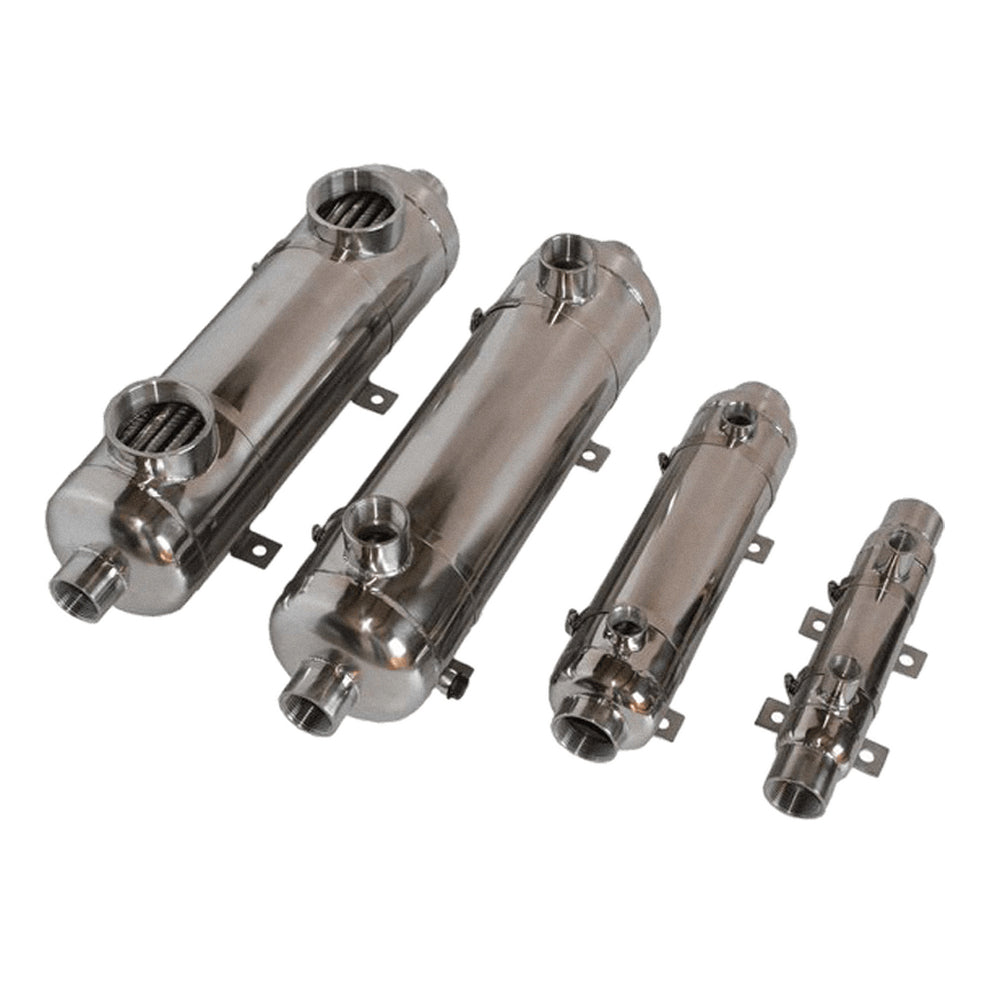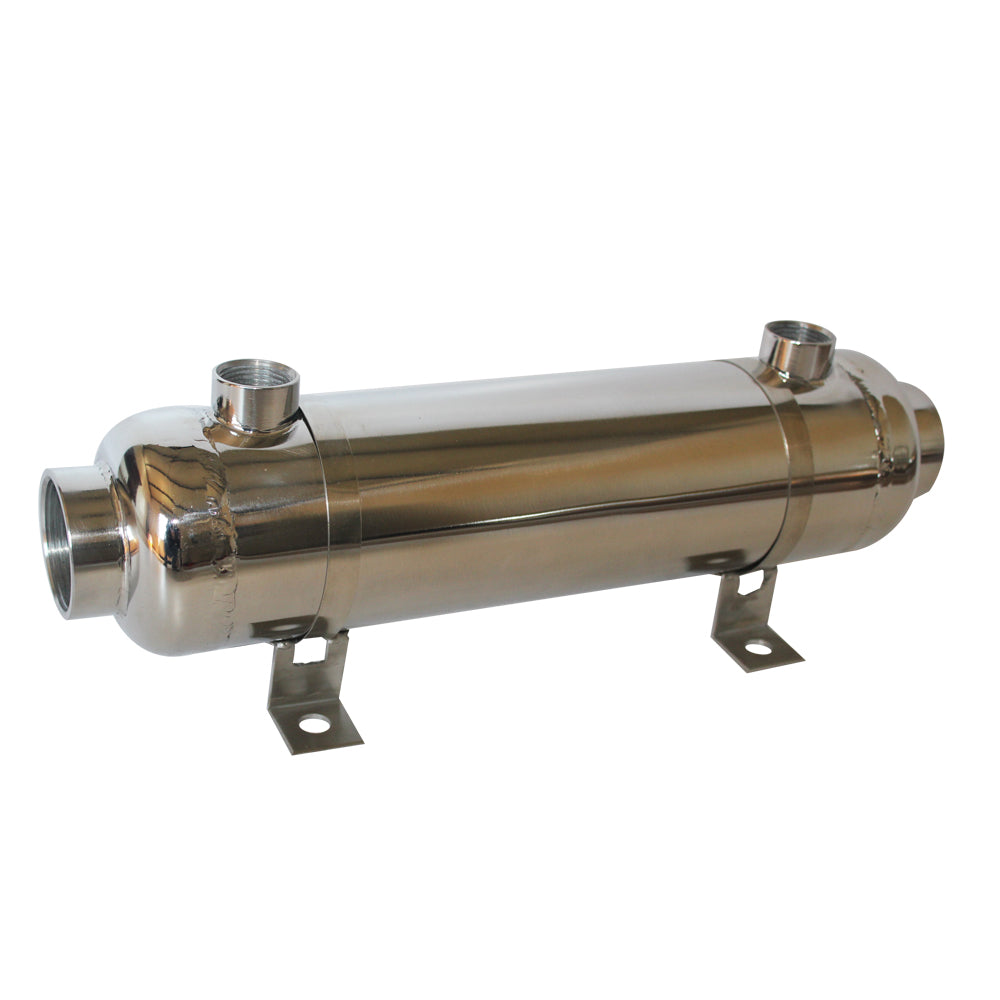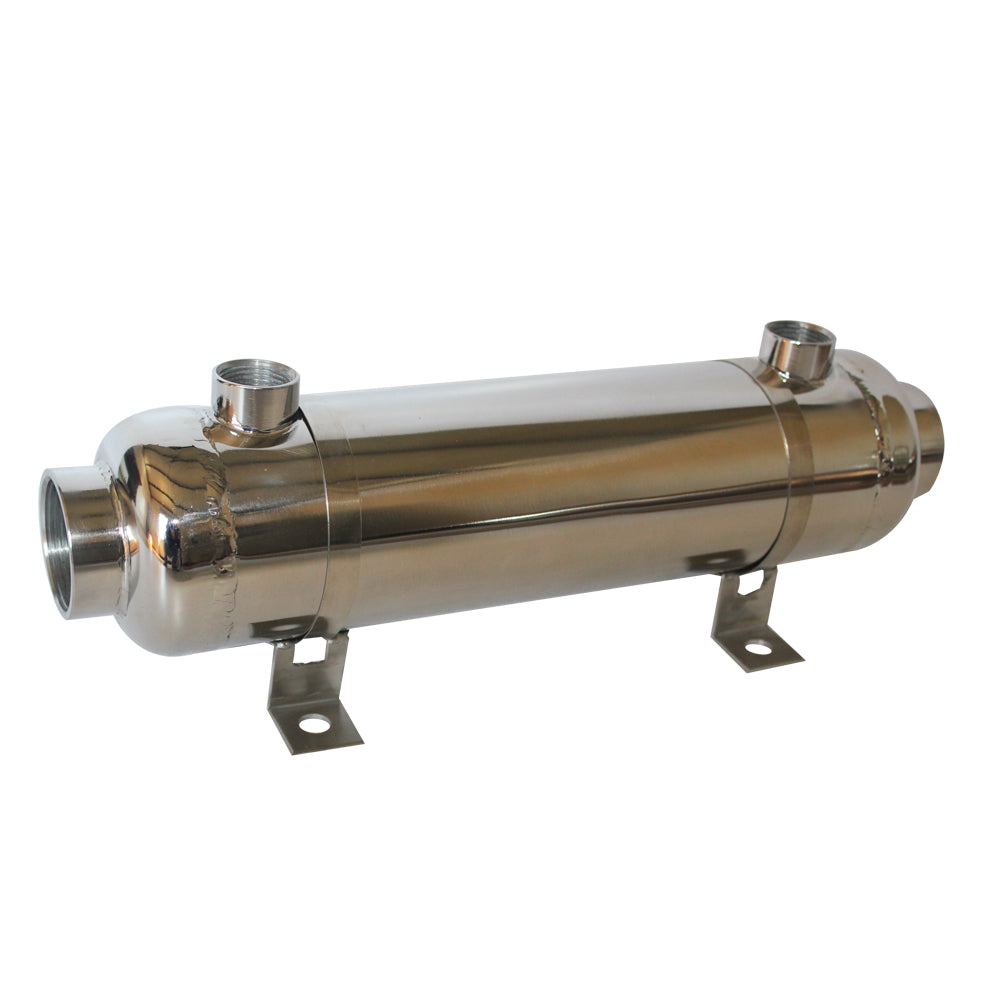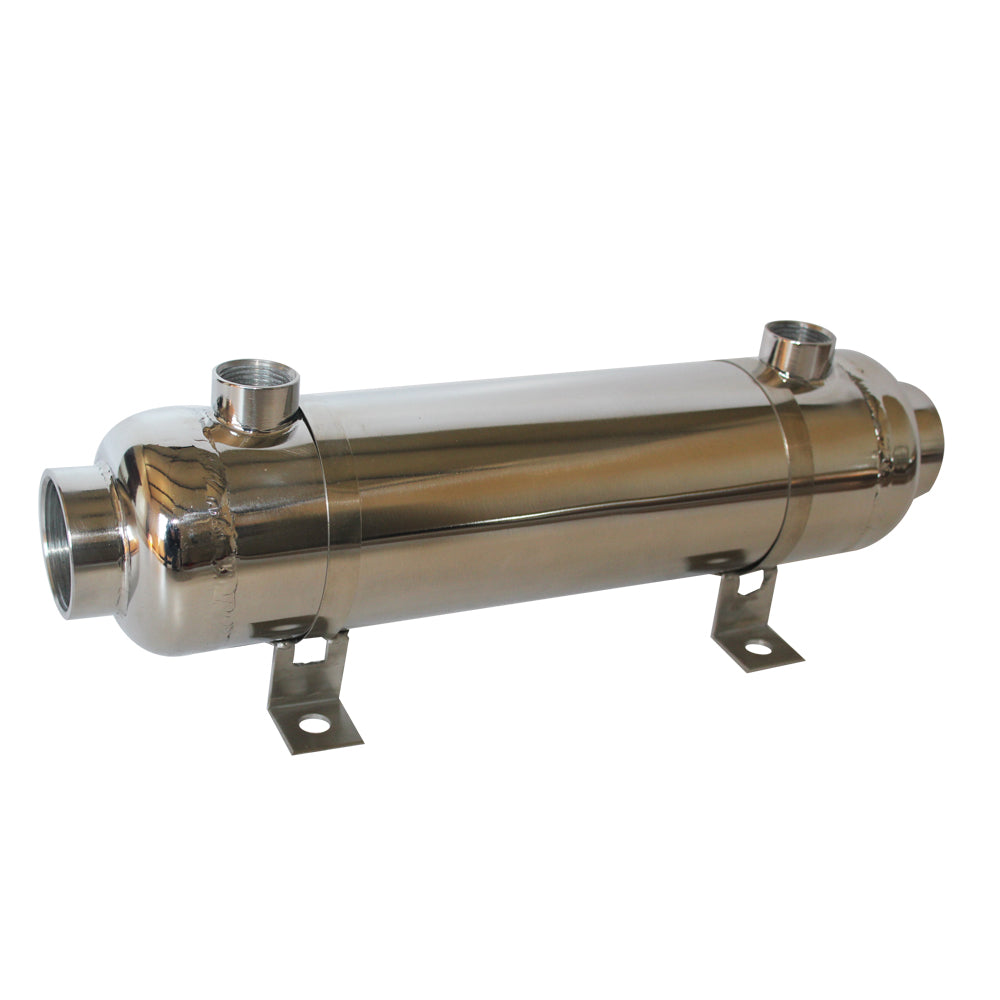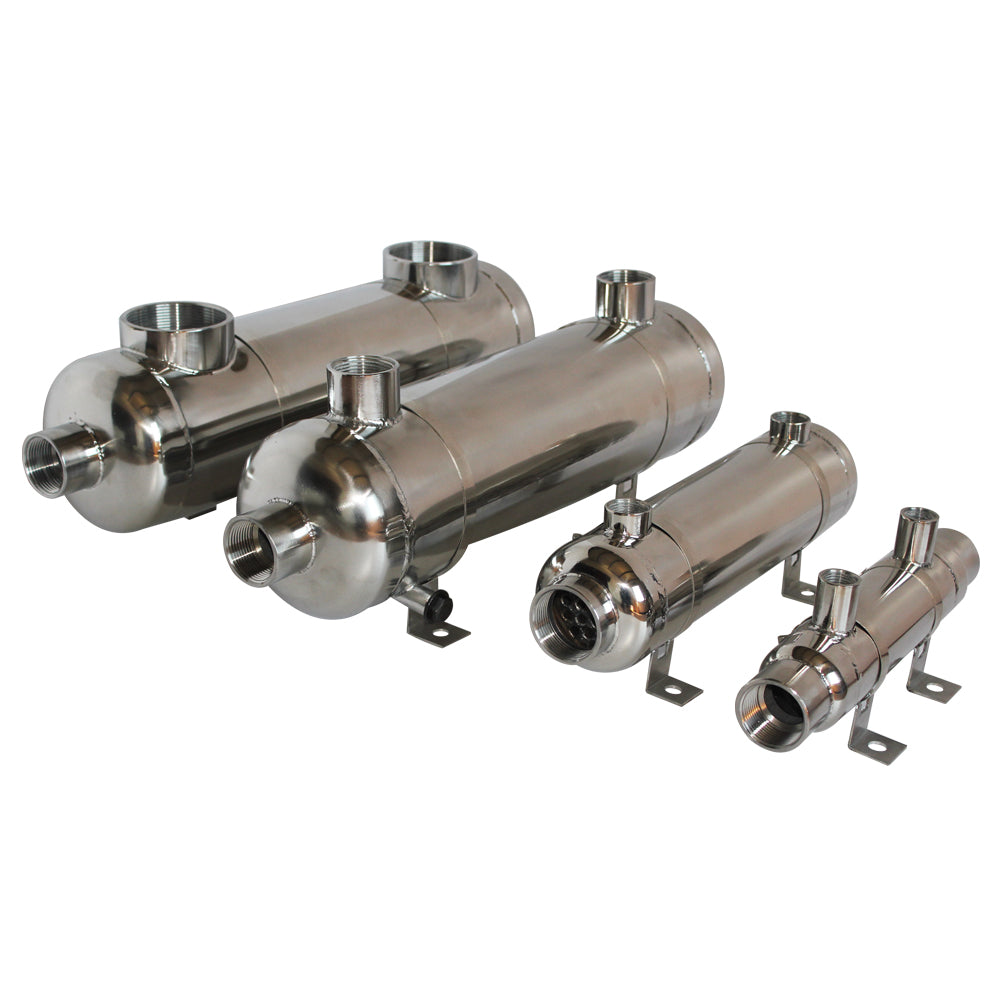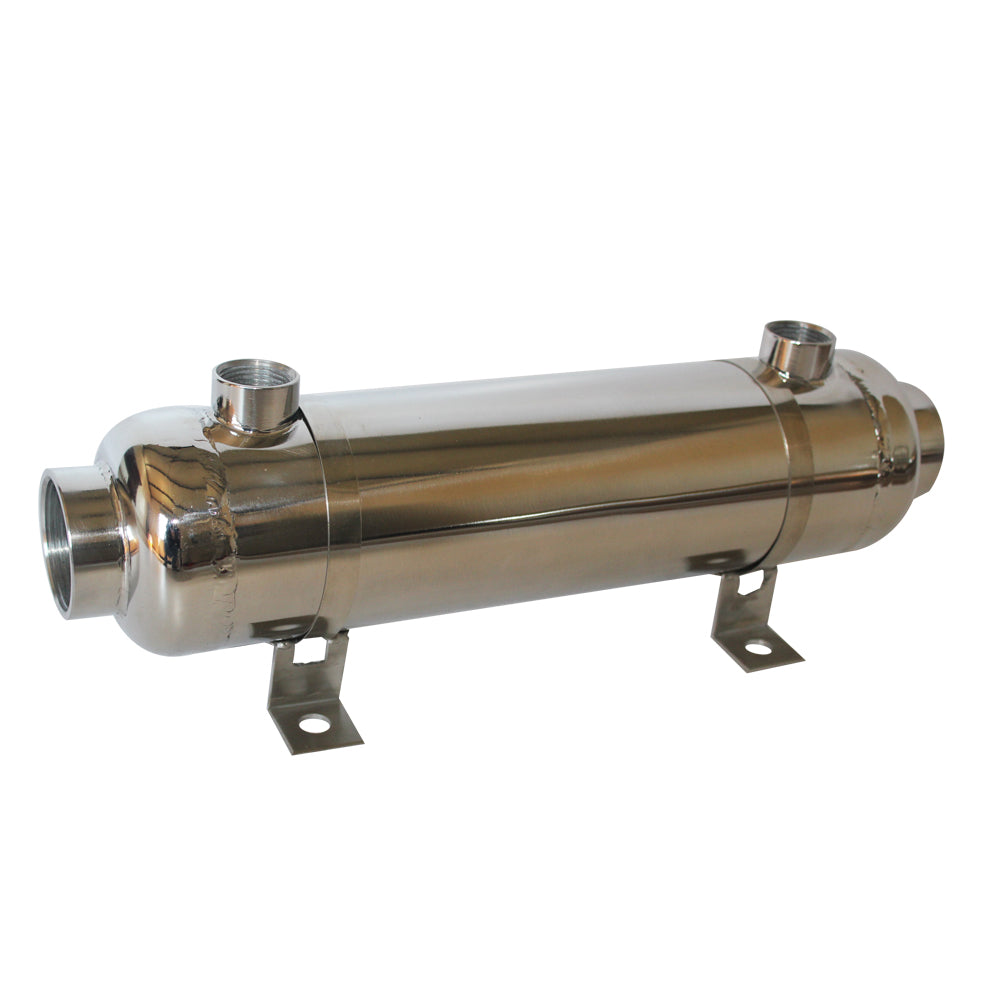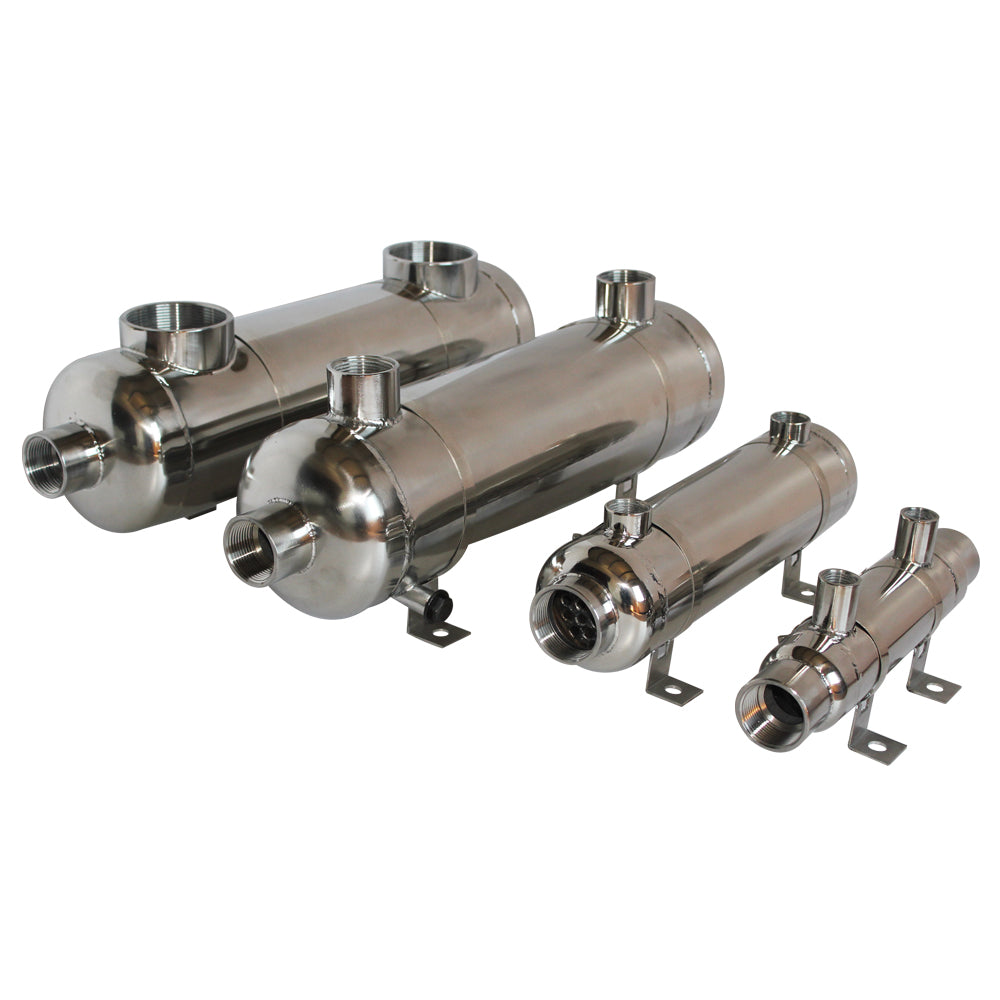A radiator that makes use of the coolant is known as an oil cooler or intercooler. The heat is absorbed by the oil as it cools the object in the issue. It is then routed via a chiller before being returned to the heated item. This is a continuous cycle that keeps your object cool at a constant rate.
Water to air intercoolers or other types is most commonly utilized on performance engines that don't or can't be cooled by water. An oil circulation system used for oiling is frequently modified to allow for this cooling system. It needs a larger oil capacity and higher oil pump flow rate, as well as an oil-air oil cooler.
How Does an intercooler work?
When air is compressed, it becomes very heated very rapidly. As a result, the temperature rises, and the oxygen concentration (density) decreases. An intercooler offers a denser, more oxygen-rich air to the engine when the air is chilly. As a result, combustion is improved by enabling more fuel to be consumed.
Types Of Oil Coolers and Intercoolers available at WiseWater Alfa Heating Company
- Air to Air - By sending compressed air through a network of tubes, the Air-to-Air intercooler removes heat. Heat is transported via the tubes and cooling fins as compressed air passes through the intercooler. The cold air absorbs heat from the cooling system as it travels at high speeds.
- Air to Water - Water is used as a heat transfer agent in an Air-to-Water intercooler. The air to water intercooler is pumped with cold water, which removes heat from the compressed air as it passes through. After that, the hot water is sent through a second cooling circuit which is usually a dedicated radiator. The cooled compressed air is pumped into the engine at the same moment.
Advantages & Disadvantages of Intercoolers from WiseWater Alfa Heating Company
The Air-to-Air Intercooler has many advantages, including a simpler structure, fewer components, less weight, and the absence of a hydraulic setup, which is required by the Air-to-Water Intercooler.
Since it is air-cooled, one of the downsides of having this system is that it must be installed at the front of the vehicle. As a result, the piping necessary to link the components, as well as the air's path from the compressor to the intercooler and finally to the engine, is somewhat longer. This might have an impact on the engine's performance.


